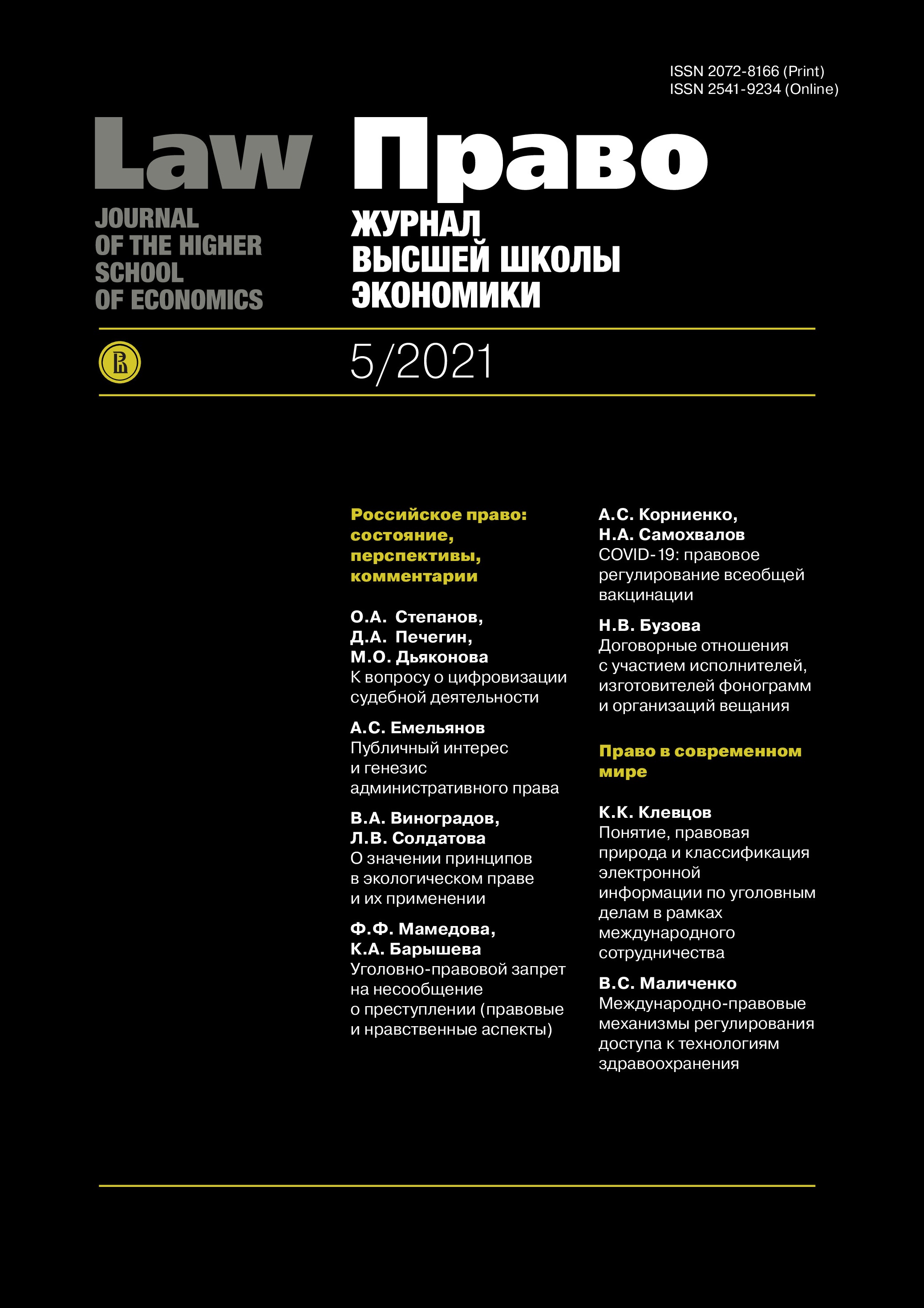International and National Law Aspects of Radio Frequency Spectrum Regulation
Abstract
In most countries academic researchers have access to advanced academic telecommunications networks and infrastructures to test and demonstrate the results of their research work. These networks are usually funded by national or regional public authorities. To provide access to the academic networks on a wider scale, European and international collaboration initiatives have been taken. For the fixed network environment this may suffice but the situation is different in the wireless context, partly because here, researchers must, in one way or another, obtain spectrum usage rights. Today spectrum usage rights can be quite easily obtained in the restricted territorial space of a testbed. Yet, small-scale testbeds are not sufficient anymore for realistic validation, and the scientific community today needs large-scale field deployments working with the same radio spectrum as the commercial networks and capable of supporting new technologies and services. The evolution from lab testbeds to field deployments is required to increase the validation capabilities for complex systems like connected cars, massive Internet of Things (IoT) or eHealth solutions. Appropriate frequency bands, needed by researchers to carry out, for example, large-scale 5G experiments, are generally allocated via auctions and on an exclusive basis to large mobile network operators. While it is perfectly feasible for these MNOs to keep dedicated slices for tests and demonstrations in their networks separate from their day-to-day operations without negative effects for the latter, there are few regulatory mechanisms for stimulating MNOs to make parts of their spectrum usage rights available for the academic research community. All EU Member States allow shortterm licenses for the use of radio spectrum for research, testing, and experimental purposes, but procedures, requirements, and costs for obtaining such license vary significantly. These national differences do not allow for the creation of a persistent and pan-European network of wireless capacity for research, testing, and experimental purposes. On the secondary market, leasing or transferring radio spectrum usage rights is possible, and procedures seem more harmonized. The subject of the study is the legal regulation of the use of the radio frequency spectrum both at the international and national levels. As a result, general and specific approaches to its regulation, prospects for their further development are formulated. The work is based on a systematic approach. Various methods are used, such as formal-logical, comparative-legal, historical. Together, they make it possible to compile a complete picture of the development of legal regulation in the topic under study.
References
Anker P. (2017) From spectrum management to spectrum governance. Telecommunications Policy, vol. 41, pp. 486-497.
Beltrán F. (2016) A Review of the Evolution of Auctions As a Method for Radio Spectrum Assignment.
Beltran G. (2017) Accelerating the introduction of spectrum sharing using marketbased mechanisms. IEEE Communications Standards Magazine, no. 1, pp. 66-72.
Berge E., Kranakis E. (2011) Technology-dependent commons: the radio spectrum. International Journal of the Commons, pp. 86-91.
Brito J. (2006) The Spectrum Commons in Theory and Practice. Stanford Technology Law Review.
Cave M., Nichols R. (2017) The use of spectrum auctions to attain multiple objectives: Policy implications. Telecommunications Policy, no. 5-6, pp. 367-378.
Coase R.H. (1959) The Federal Communications Commission. The Journal of Law and Economics, pp. 1-40.
Cramton P. (2013) Spectrum auction design. Review of Industrial Organization, vol. 42, pp. 161-190.
Dahlberg C. et al. (2013) A techno-economic framework of spectrum combining for indoor capacity provisioning. In: Proc. IEEE 24th Int. Symp. Pers. Indoor Mobile Radio Commun. London: IEEE, pp. 2759-2763.
Donovan J. (2019) How Do Wireless Networks Transmit Data. Available at: https://blog.commscopetraining.com/how-do-wireless-networks-transmit-data. (accessed: 22.04. 2020)
Ellingson S.W. (2016) Radio Systems Engineering. Cambridge: Cambridge University Press.
Feasey R. (2015) Confusion, denial and danger: The response of the telecommunications industry to the challenge of the Internet. Telecommunications Policy, vol. 39, pp. 444-449.
Hardin G. (1968) The Tragedy of the Commons. Science, Vol. 162, No. 3859, pp. 12431248.
Herter C.A. (1985) The Electromagnetic Spectrum: A Critical Natural Resource. National Resources Journal, Vol. 25, issue 3. pp. 651-663.
Hook S. A. (1993) Allocation of the Radio Spectrum: Is the Sky the Limit? Indiana International & Comparative Law Review, vol. 3. pp. 319-360.
Martin O. (2012) The “Hidden” Prehistory of European Research Networking. Bloomington: Trafford Publishing. 126 p.
Matinmikko-Blue M. (2018) Stakeholder analysis for the development of sharingbased spectrum governance models for mobile communications. PhD dissertation. University of Oulu.
Olla P., Patel N. (2002) A value chain model for mobile data service providers. Telecommunications Policy, no. 26, pp. 551-571.
Ostrom E. (1990) Governing the commons: the evolution of institutions for collective action. Cambridge: Cambridge University Press.
Permissive system in the Russian Federation: scientific and practical manual /A.F. Nozdrachev. M.: INFA. 2015. 928 p.
Rishabh D. (2016) Governing Spectrum Commons. TPRC 44: The 44th Research Conference on Communication, Information and Internet Policy.
Samuelson P. (1954) The pure theory of public expenditure. The Review of Economics and Statistics, no. 4, pp. 387-389.
Shokhin V.D. (2010) Nature and Assignment of the Permission System. Herald of Moscow State University. Law, no. 6, pp. 63-64. (In Russ.).
Stahov A.I. (2009) Public Administrative Measures for Providing Security. Zakony Rossii: opyt, analiz, praktika=Russian Laws: Experience, Analysis, Practice, no. 9, pp. 25-29. (In Russ.).
Subanova N.V. (2012) Permissive Powers of Executive Bodies in Russian Federation. Moscow: Jurisprudencia, 288 p. (In Russ.).
Copyright (c) 2021 Law Journal of the Higher School of Economics

This work is licensed under a Creative Commons Attribution-ShareAlike 4.0 International License.


















